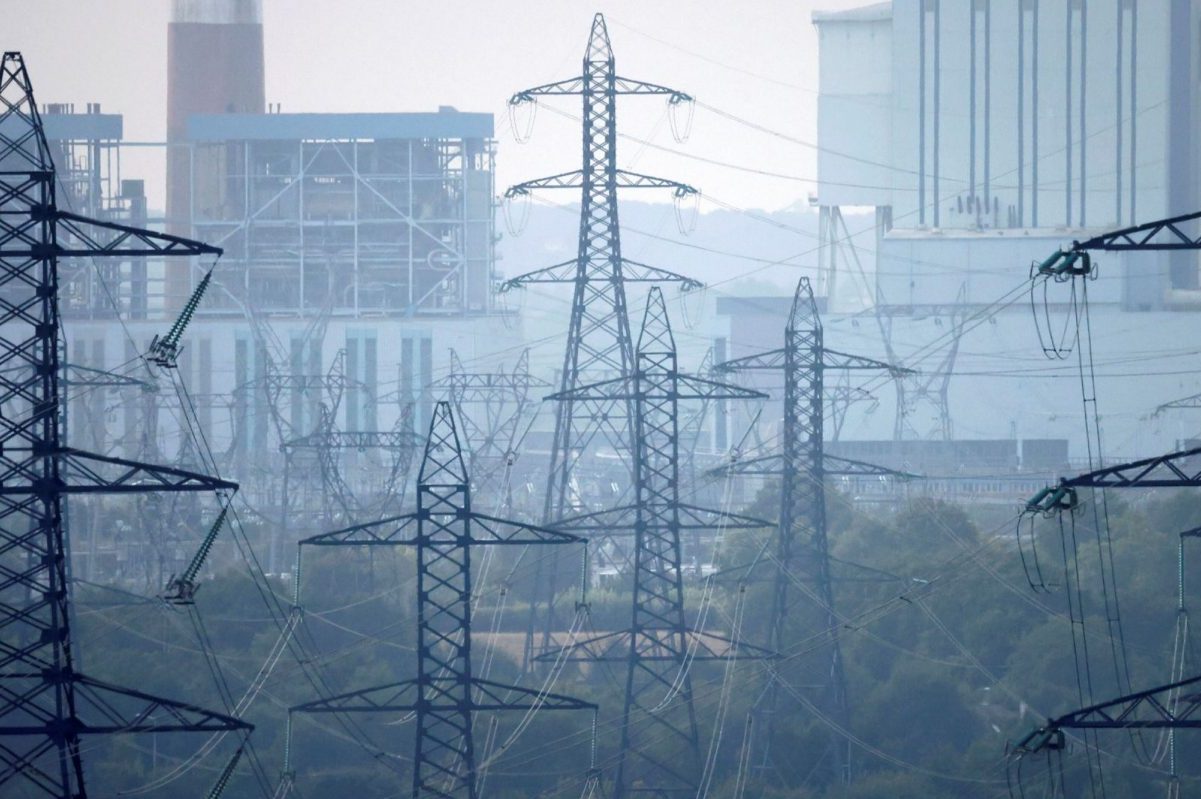In Europe, fossil fuels account for roughly 70% of total energy use. In recent years, the continent has experienced a surge in gas usage, as gas was perceived as a cleaner energy conversion than coal and oil and more acceptable to the public than other power generators.
In terms of natural gas, the European economy is too reliant on Russia, with situations varying by country. Some countries, most notably those in the Baltics, are entirely supplied by Russia. The European economy is also reliant on Russia for oil and coal supplies.
This great reliance is now prompting European countries to seek alternatives in order to maintain regional supply security. The world’s major nations struggled to find new energy sources. Governments were pushed to purchase coal. Climate change objectives were pushed to the flip side.

The Russian invasion of Ukraine prompted European countries to reconsider their ties with that country. The war and following Western sanctions caused a rupture in long-standing supply agreements.
To meet its energy needs, Europe is considering a gas price ceiling and increasing its investment in liquefied natural gas. We are witnessing the demise of a solid 50-year gas collaboration between Europe and Russia.
The chaos is far from over. Supply restrictions are also expected in major industrial nations in 2023. Their actions are designed not only to challenge Russia but also to counter China, by creating resources to counterbalance that country’s supremacy in solar panel manufacture and mining for essential elements for batteries.
Uncertainties about supply from Europe’s biggest supplier, Russia, are driving volatility in the market and prices even more. One point is certain: the medium-term picture indicates that energy costs will remain higher than the current norm for some time.
